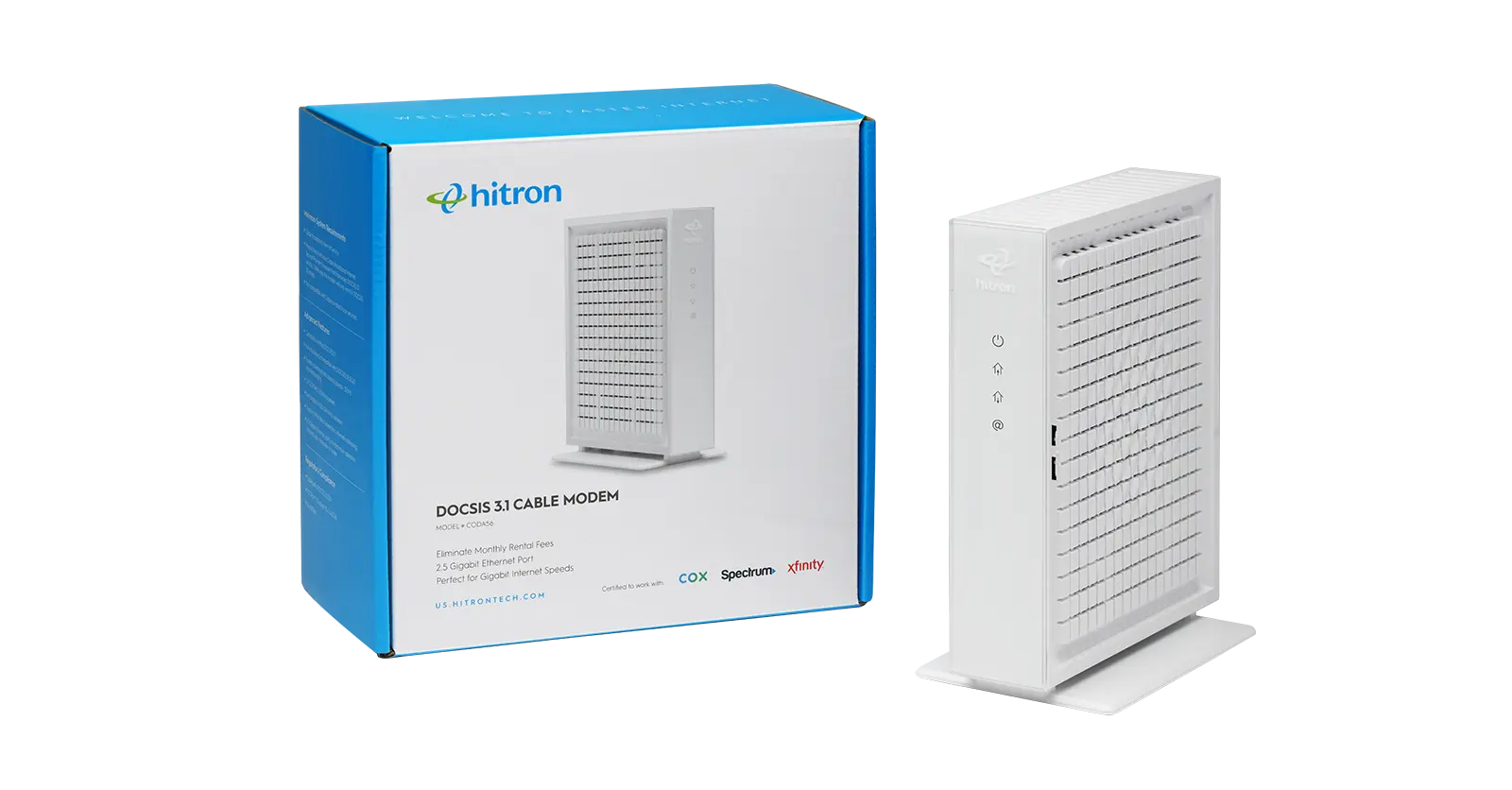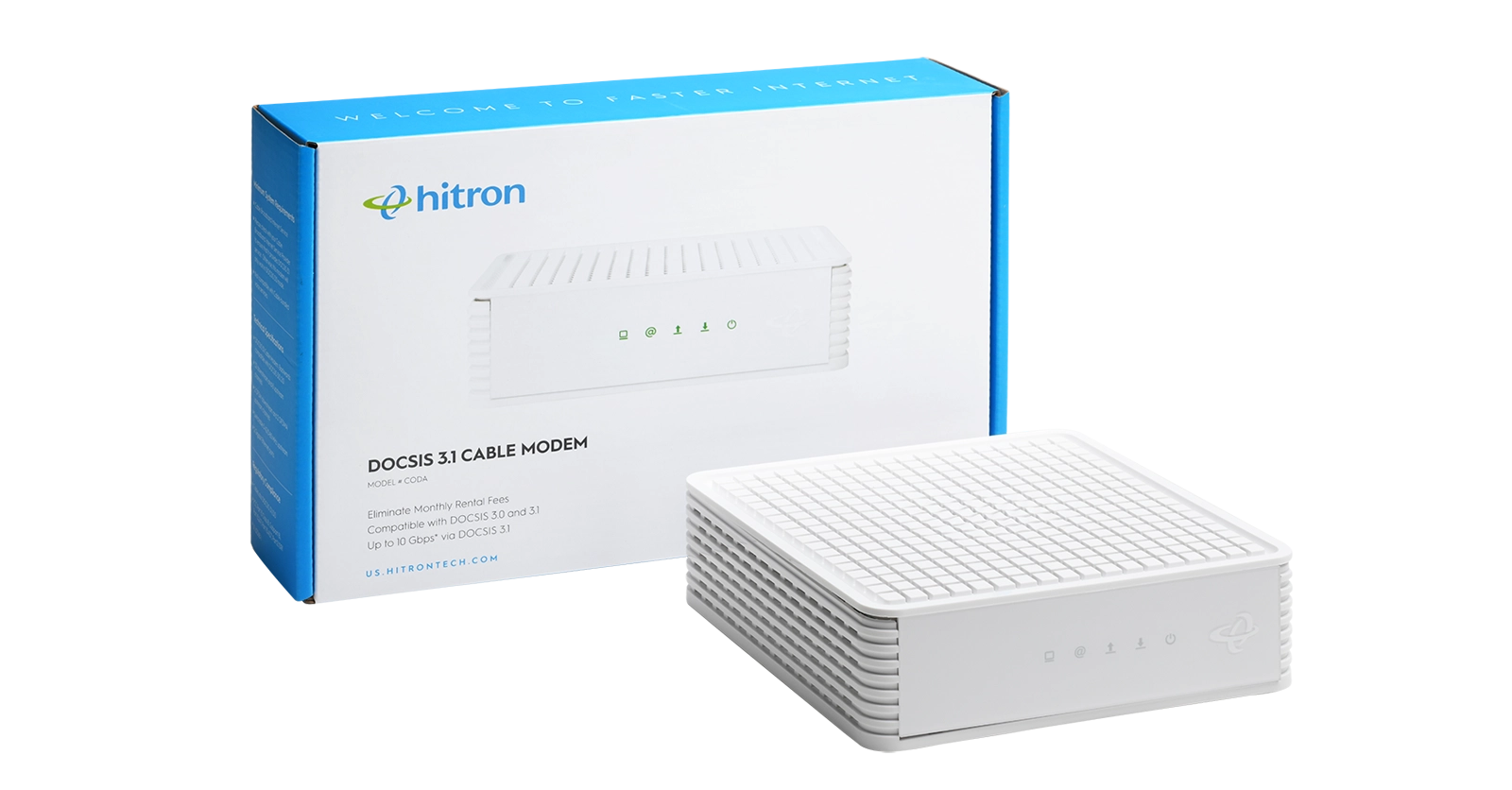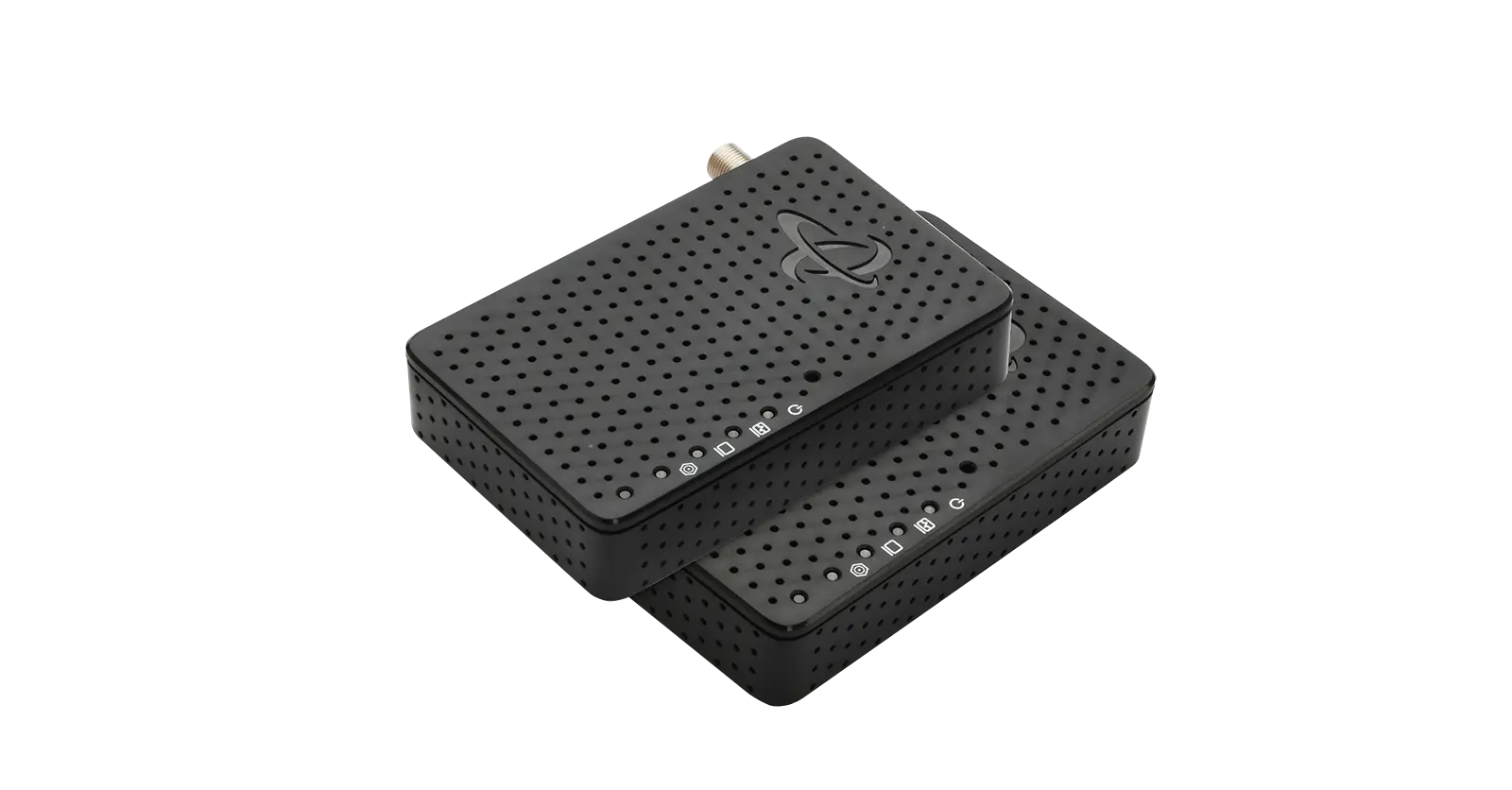Your wireless router uses radio frequencies to transmit your Internet and WiFi signal to your WiFi-enabled devices such as laptops, gaming systems, smartphones and tablets. Your wireless router transmits this WiFi signal on either a 2.4 GHz or 5GHz RF band, depending on the device and your needs. Let us explain.
The key difference between 2.4 GHz and 5 GHz, is speed and range. The band that your end device connects to, determines its performance.
The 2.4 GHz band:
- has a long wavelength when it transmits its wireless signal, giving it a longer wireless range, making it more reliable to transmit a signal further, however it has slower speeds than the 5GHz band.
- the 2.4Hz band is more crowded because most device manufacturers default their devices to work on this band for universal compatibility with routers.
The 5 GHz band:
- has a shorter wavelength, giving it a shorter wireless signal range, however this short wavelength makes it stronger and faster.
- the 5 GHz band is less congested and best-suited for new devices that need a strong wireless signal, such as gaming and streaming devices.
The performance of each band is dependent on factors such as the design of your home, location of your router, and the device itself. With a Managed WiFi system, you can have these conditions automatically optimized to achieve the ideal connection for all of your devices.
Need more information about Managed WiFi or Cable Modem Routers? Learn more on Hitron’s Blog.


